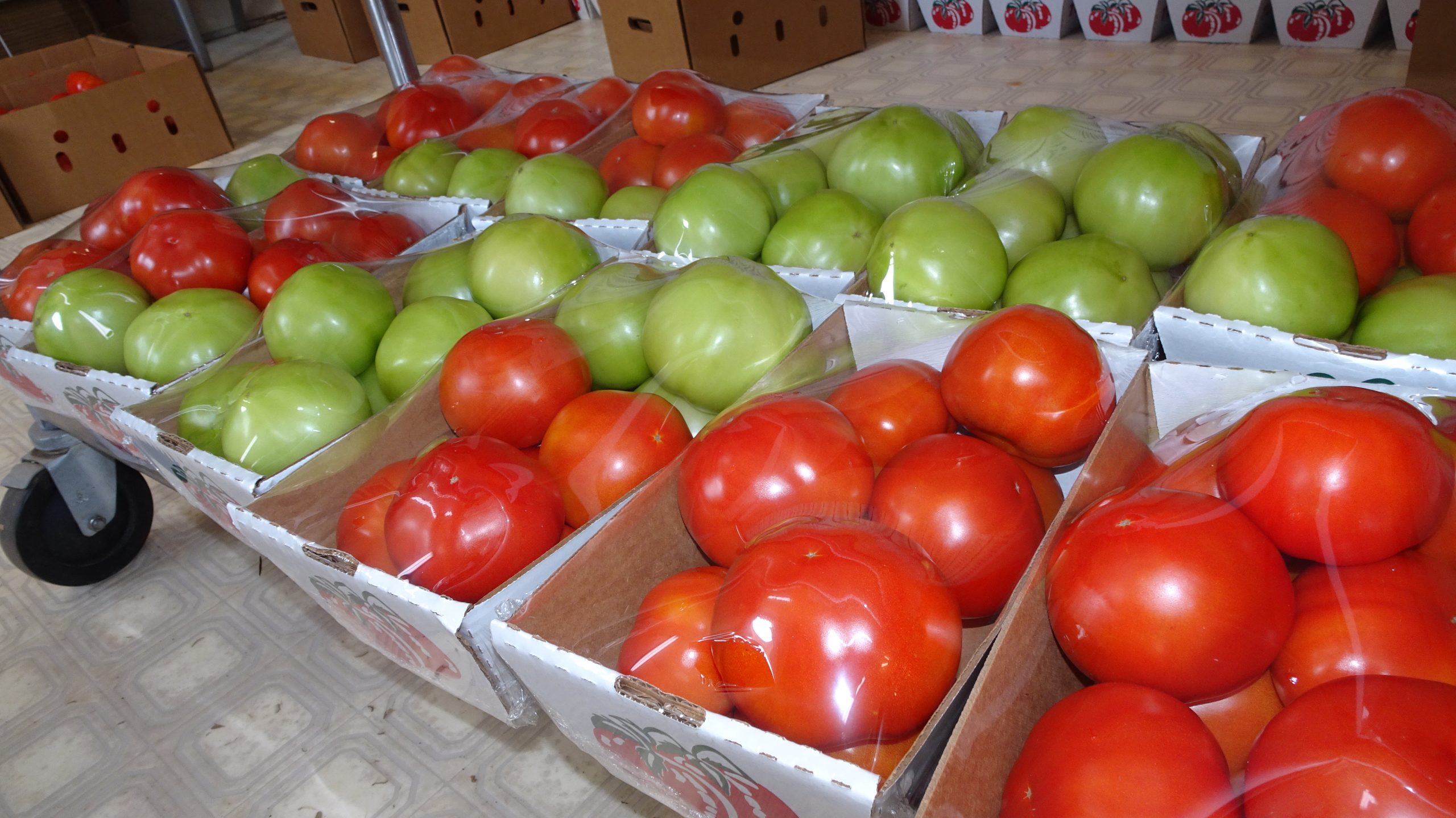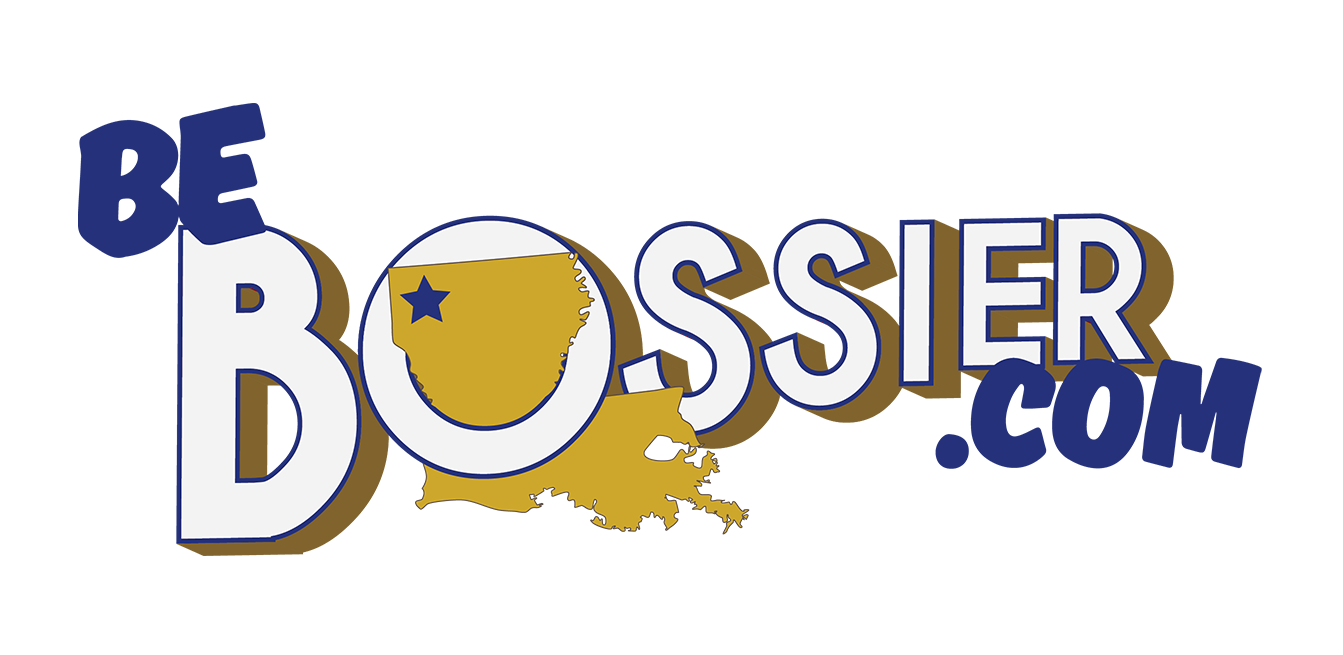The Hidden Gem in Bossier Parish Where You Can Buy Fresh Ripe Tomatoes

If you head south on Highway 71 in Bossier Parish, just before leaving the city limits you’ll come upon a bright red barn with an LSU logo on the rooftop. Look closer and you’ll see this is not your everyday rural landmark. It is one of several agricultural operations run under the auspices of Louisiana State University’s AgCenter where the focus is research programs for the benefit of commercial farming.
Located in the Red River Valley, the Red River Research Station’s 500 acres features crops particular to northwest Louisiana. These include cotton, soybeans and corn. Current projects related to these crops include variety evaluation, insect pest management and soybean breeding. Some beef cattle research, forage evaluation and water quality research also are conducted at the station. But perhaps the most popular of all are the greenhouse tomatoes produced at the station as they are offered for sale to the public.
More Than Planting and Picking
Carrie Lott has been a research supervisor at the station for more than 25 years. She explains there’s more to tomatoes than merely planting and picking as the Red River Research Station provides valuable, practical information to those involved in commercial tomato production.
Lott says the main object is “to show other growers what varieties do best and to show your cultural practices.”
She explains “I do research on different varieties, I have 1800 plants in three greenhouses.”
From Babylon to Bossier
 Greenhouse tomato cultivation has been going on at the station for 23 years. But it wasn’t always that way.
Greenhouse tomato cultivation has been going on at the station for 23 years. But it wasn’t always that way.
“I think there were field tomatoes that were started around 1991 but then stopped that around ’96.”
At first glance, the greenhouse operations appear to use the hydroponic method of growing. This practice of hydroponics date back to ancient times, the Hanging Gardens of Babylon and the Floating Gardens of China are just two well known examples from history. While the growing practice for tomatoes at the Red River Research Station is similar, technically it’s not the same.
“This is not considered hydroponic because I grow in a three-inch growing pot with soil-mix in ‘Perlite’ ( a water-retaining material ), which would be hydroponic if I didn’t use the soil.”
The benefits to greenhouse growing is the ability to control the environment such as temperatures and shield plants from damaging weather such as heavy rains or hailstorms.
There’s also the automated features such as timed watering systems to assure each plant gets the same amount water and nutrients when needed. An air-chilling system keeps extreme heat at bay during the hotter months. Such controls allow for plants to grow more quickly and robustly than they would if planted in a field and allow a lot more plants in a smaller space.
Tons of Tomatoes
 With just three planted greenhouses, you would be surprised at the number of plants each has and how well they produce. Getting from seed to slices on your plate takes a lot of work but once matured, each tomato vine can provide a good yield.
With just three planted greenhouses, you would be surprised at the number of plants each has and how well they produce. Getting from seed to slices on your plate takes a lot of work but once matured, each tomato vine can provide a good yield.
“We have 1800 plants and two growing seasons, spring and fall,” Lott said. “From seed to bearing fruit for the spring crop it’s usually four months and each plant yields 25 pounds per plant, less in the fall.”
That’s about 45,000 pounds during hotter months and all the tomatoes are available to the public for sale at the station’s front office. Buying times on Tuesdays and Friday’s begin at 7 a.m. They are first come first served until they run out of tomatoes as they pick and package only those that are ripe and ready to sell.
“In March, April and May we’re usually sold-out by 10 a.m.,” Lott said. “But in June-July, everybody else is getting their field tomatoes in so we’re selling out between 10 or 12 noon.”
Current prices for tomatoes range from $12 per 5 lbs for perfect, $12 per 6 lbs for seconds, cherry tomatoes $3 for half-pound, and canning tomatoes when available are $24 per 24 lbs.
For those who would like to learn about greenhouse tomatoes, tours are available by appointment.
 “I can show them how to grow tomatoes in greenhouses, how to start plants and show how to do everything in the greenhouse, where to buy supplies. I can give them all the information that I have.”
“I can show them how to grow tomatoes in greenhouses, how to start plants and show how to do everything in the greenhouse, where to buy supplies. I can give them all the information that I have.”
So if you’d like to buy some picture perfect tomatoes or want to learn more about greenhouse production for commercial farming or home gardening, the LSU AgCenter’s Red River Research Station in south Bossier is the perfect place.
Tomato selling seasons, days & times:
Mid-March through mid-July and mid-October through mid-December: Tuesdays and Fridays from 7 a.m. until sold out
Carrie Lott, Research Supervisor
LSU AgCenter/Red River Research Station
262 Research Station Drive, Bossier City
Contact: (318) 741-7430 ext 117
Discover more from Be Bossier
Subscribe to get the latest posts sent to your email.
